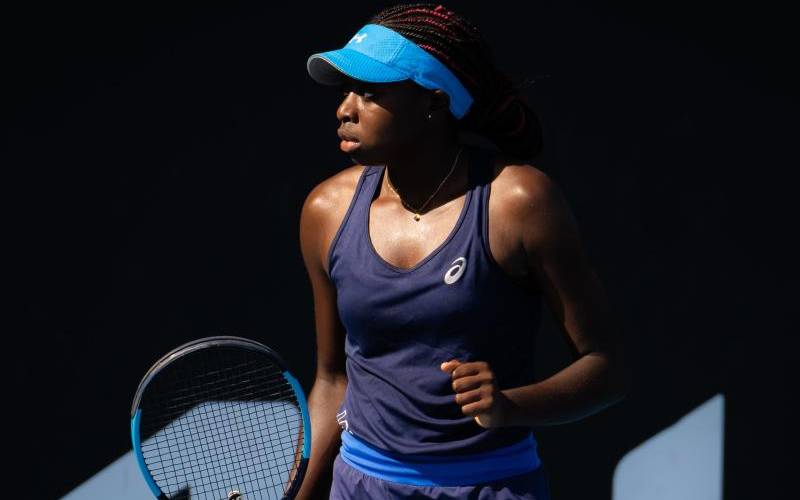It seems like 2022 will mark the return of the tablets in the android space. Samsung has already seen a great response with increased pre-order numbers for the Galaxy Tab S8, while Google is steadily making improvements in Android to properly take advantage of the big screen estate found in tablets.
With the release of the Android 12L update and the creation of a new department specifically for the developments of tablets, it seems like Google and other OEMs are now prioritizing these big screen devices.
Oppo has also decided to join the party after officially announcing their first Android tablet, called the Oppo Pad. The Oppo Pad will slot in the premium bracket as it features quite impressive specs, as we will see below.
Display
The 11-inch LCD (LTPS) display is quite standard for tablets, but to properly take advantage of it, the tablet has a resolution of 2560 x 1600 (WQXGA) which sits in the space between 1080p and 4K.
The tablet also supports HDR10, has 480 nits brightness as well as a 120 Hz refresh rate and 240 Hz touch sampling rate to make scrolling through apps feel responsive and snappy.
Processor
The tablet fails to incorporate the latest Snapdragon chipset, the Snapdragon 8 Gen 1, but instead has the Snapdragon 870 which should still be sufficient for most people in day-to-day activities.
The Adreno 650 GPU bundled with the Snapdragon 870 should comfortably handle the graphical intensive tasks, as it has the horsepower to properly display HDR10+ content as well as outputting 1440p 144Hz content as well as 4k 60 Hz.
RAM and storage combination
The Oppo Pad has 3 Ram/Storage configurations that have been made public so far, i.e. 6 GB/ 128 GB, 6 GB/256 GB and 8 GB / 256 GB.
However, it sadly does not have a card slot for the memory card, therefore you might want to stay away from this if you need more than 256 GB, which in today’s world of UHD footage gets filled up pretty quickly.
Cameras
Tablet cameras have rarely brought much innovation, and this is still the case with the Oppo Pad. The primary rear camera has a simple, straightforward 13 MP sensor, while the selfie camera has a similar set-up but is instead capped at only 8 MP.
This camera setup will not win any awards or bring something new to the market, but we can give it a pass, as rarely do people purchase tablets for their photo-taking abilities.
Other notable features
The Oppo Pad has support for Stylus pens and a wireless keyboard, which should please a lot of people who do some note-taking on their devices.
It will be shipped with Android 11, but with Oppo’s custom UI the ColorOS 12 slapped on top of it. However, an update to Android 12 is pretty much guaranteed.
In terms of connectivity, the tablet has support for Bluetooth 5.1 as well as Wi-Fi 6 dual-band with base speeds of around 1.2 Gbps in typical use cases. This is in addition to having a face unlock feature.
The battery has a capacity of 8,360 mAh with support for 33 W fast charging to quickly fill it up once depleted.
Despite the Chinese company announcing its availability for the Chinese market starting March 3, there is still no word on when it will make its way to our Kenyan shores. But we will update you once it is slotted for an international release, as well as the respective pricing for the three available variants.






